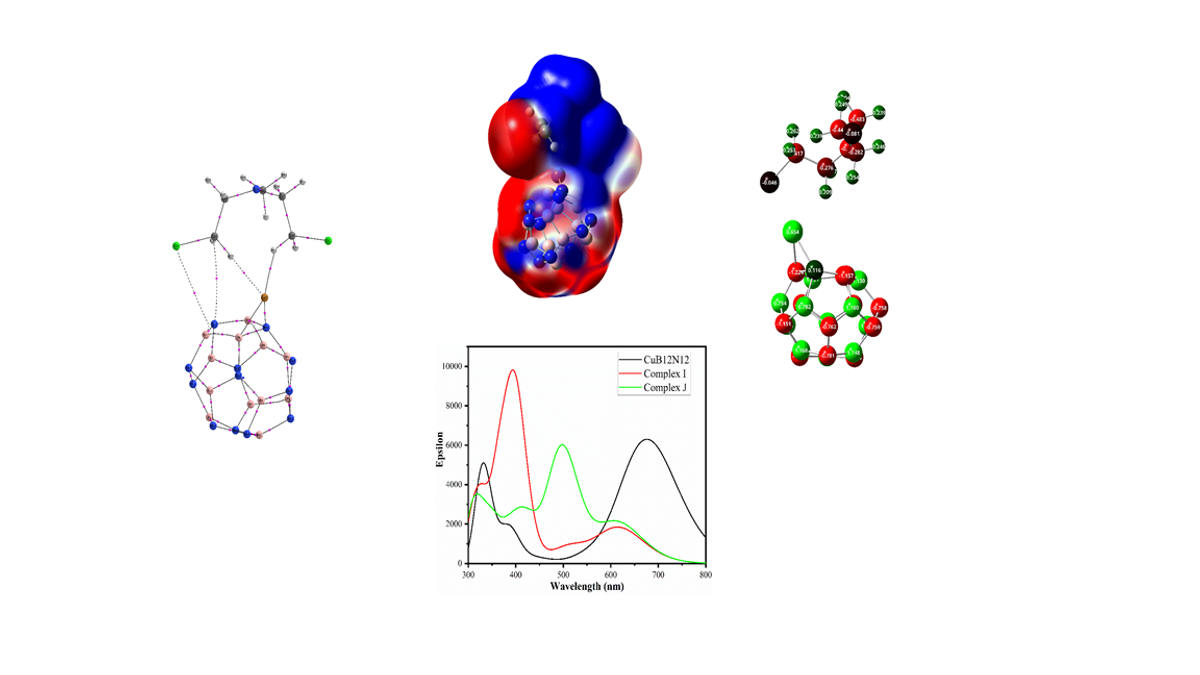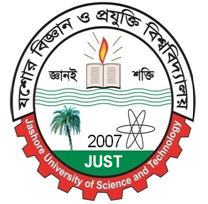
DFT and QTAIM investigations of the adsorption of chlormethine anticancer drug on the exterior surface of pristine and transition metal functionalized boron nitride fullerene [ Accepted on 18 October,2020, ELSEVIER, IF:5.060]
The application of nanomaterials as drug delivery vehicles for a vast number of anticancer drugs to reduce their severe adverse effects by transporting them into the targeted tumour cell region is currently a widely investigated novel biomedical application of various nanomaterials. In this research work, we have investigated the performance of the pristine B12N12 nanocage (BN) and several other TM decorated BN nanostructures as a drug delivery vehicle for Chlormethaine anticancer drug using DFT B3LYP/6-31G (d, p) level of theory. Among our investigated nanostructures, we have found Ni-BN as the most prominent nanostructure to form a drug delivery complex to transport CM drug by exhibiting the most stable adsorption of CM drug in both gas (-39.04 kcal/mol) and water (-30.93 kcal/mol) medium with an increase in the dipole moment from 3.57 Debye to a maximum of 7.88 (12.11) Debye in the gas (water) medium. The interaction of CM drug with the nanostructures is also confirmed from the frontier molecular orbitals, UV-Vis spectroscopy, and QTAIM analysis. The NBO, MEP, and fractional charge transfer analysis reveals a significant charge transfer from CM drug molecules to the nanostructures. Finally, with the confirmation of stable adsorption of CM drug on each investigated nanostructures with negative values for the stabilization energies ranging -0.117 to -0.247 eV, and found to be stable on the water medium with negative values for the solvation energies which is favourable for the CM drug delivery applications.

